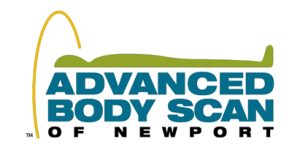The prevention of heart attacks begins with an assessment of your risk. The intensity of risk-reduction therapy your doctor prescribes is then biased on your absolute risk. To illustrate, medical treatment with a cholesterol lowering drug (Statin) such as “lipitor” lowers the risk of a heart attack by 25%. If you are a person who is at low risk for heart disease, that is, your 10 year risk of having a heart attack is only 1%, then 400 individuals with your equivalent risk would have to be treated daily with “lipitor” for 10 years to prevent one of you from having a heart attack. However; if your risk for heart attacks is very high, e.g. your 10 year risk for having a heart attack is 20% (or 1 in 5) now only 20 individuals with your risk would have to be treated with “lipitor” daily for 10 years to prevent one of you from having a heart attack. We know what treatment works to prevent heart disease, what we don’t know is who to treat.
Risk assessment starts with the Framingham or ATP III point system for the estimation of 10 year risk for major coronary events in adults. This system utilizes your age, sex, smoking status, diabetes, blood pressure and cholesterol to calculate a 10 year risk for cardiac events. The calculator below performs this calculation for you. Low-risk is defined as a 10 year risk less than 10%. In the US, about 35% of adults over age 35 are in the low risk group. Intermediate-risk is defined as a 10 year risk of 10 to 20%. Forty percent of adults in the US over age 20 are in the intermediate risk group. High-risk is defined as a 10 year risk for heart disease over 20%. About 25% of Americans over the age of 30 fall into the high-risk group according to the ATP III point system.
The problem with the Framingham system is that it fails to explain up to 50% of heart disease morbidity and mortality. In addition, the Framingham system falsely identifies some individuals without heart disease as “high-risk”, leading to unnecessary and premature interventions. What is needed is a simple and reliable test that will refine the Framingham risk in a way that allows us to identify those individuals with early heart disease so that appropriate interventions can be implemented before events occur. That is exactly what the EBT heart scan does. Now to see how an EBT heart scan will refine your 10 year heart disease risk click here:
